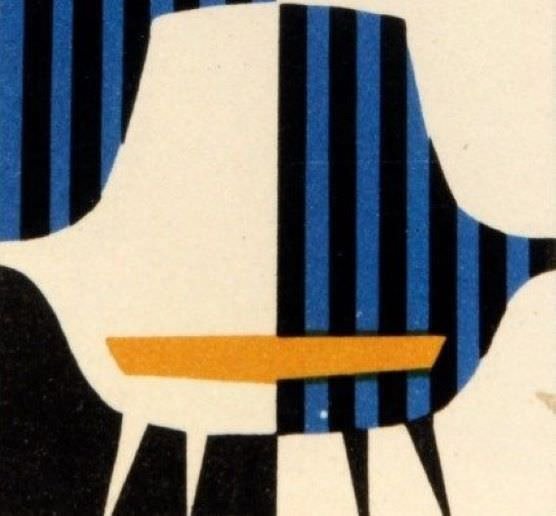Why Mid-Century?
The furniture from the mid-century – the “golden era” of home design – is simple in design but big in impact and that is precisely why it is so popular again.
The timeless appeal of mid-century furniture made them highly collectable, their understated beauty, simple lines and streamlined shapes allowing them to be combined successfully with pieces from other periods.
The Foundations
The historic designs of 1920-30s – the minimalist look of Mies van der Rohe’s tubular steel and leather furniture, the iconic metal-framed armchairs of Corbusier, the Art Deco graphics of Josef Hoffman’s Vienna Secession, the functionality of Bauhaus – reappeared as strikingly contemporary.
All these influences had actively shaped the distinctive style of the 1950s driven by the demand for objects whose aesthetic qualities paralleled their functional attributes.
The “understatement” aesthetics of Scandinavian design with its natural and clean lines, functionalism and simplified forms, enjoyed the renaissance as well.
The Development
The mid-century style was established by the merge of form and function – satisfying the contemporary tastes and economic affordability.
Although in France the lavish décor that had emerged during 1920s and 30s being sponsored by the Beauté de France award has found its continuation in 1950’s (with exception of Perriand, Prouvé and Herbst), the modernist designs prevailed and the icons of the era are due to this main-stream modernist trend.
Today mid-century classics which symbolize the culture of modernism are enjoying a revival and many of them have been elevated to the status of cultural artefacts in today’s interiors.
What about styles?
When it comes to styles – and it is especially true for mid-century – it is often defined by the time period. However, the objects design is subject to the transformation and change of the previous trend, so it is difficult to trace the stages of development – one armchair may be Art Deco, another one ten years later is already mid-century, and yet another one combines features of both.
That is why we present the objects of the mid-century design as well as some from the time which “borders” it before and afterwards, i.e. 1930’s and 1970’s hence a continuous scale of modernist design.
Why Mid-Europe?
By the side to the classics of modernism like Breuer, Corbusier, Stam, Bauhaus, Thonet, etc., other important design and production facilities have emerged in Central Europe which not only followed the existing settings but enriched them with the new ideas and interpretations of the classic’s trends.
Only few to mention are the designers Jindřich Halabala, József Peresztegi, Jaroslav Šmídek, Jan Vaněk, as well as manufacturers TON and UP Závody.
In the choice of the design objects, we have focused due to our expertise and origin on the Middle Europe (Austria, Czechoslovakia, Hungary) and considered primarily their artistic quality, and last but not the least their attractiveness as part of modern interiors.
